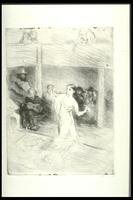14 UMMA Objects
14 UMMA Objects

Barbara Morgan (American (North American))
Martha Graham—Lamentation
1935
Gift of the Willard and Barbara Morgan Archives
1991/2.49

Barbara Morgan (American (North American))
Martha Graham—Letter to the World
1940
Gift of the Willard and Barbara Morgan Archives
1991/2.52
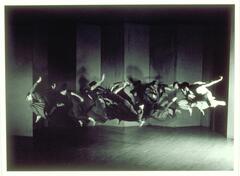
Barbara Morgan (American (North American))
Charles Weidman—Lynchtown—(Humphrey-Weidman group)
1938
Gift of the Willard and Barbara Morgan Archives.
1991/2.51
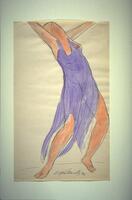
Abraham Walkowitz (American (North American))
Isadora Duncan
1909 – 1950
Gift of Abraham Walkowitz
1950/1.118
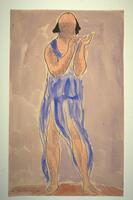
Abraham Walkowitz (American (North American))
Isadora Duncan
1915 – 1950
Gift of Abraham Walkowitz
1950/1.120

Abraham Walkowitz (American (North American))
Isadora Duncan
1909 – 1950
Gift of Abraham Walkowitz
1950/1.115
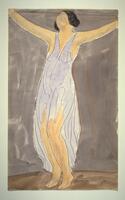
Abraham Walkowitz (American (North American))
Isadora Duncan
1915 – 1950
Gift of Abraham Walkowitz
1950/1.117
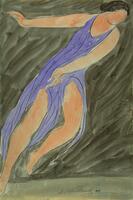
Abraham Walkowitz (American (North American))
Isadora Duncan
1909 – 1950
Gift of Abraham Walkowitz
1950/1.119

Mori Kōga (Takamasa)
Bacchanalian Revelry of the Seven Lucky Gods
1833 – 1866
Museum purchase made possible by a gift from Helmut Stern
1985/2.20
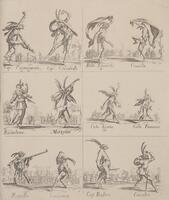
Jacques Callot (French (culture or style))
Six Scenes from the Balli di Sfessania (Dance of Sfessania)
1616 – 1622
Gift of Professor Walter M. and Nesta R. Spink
2013/2.557
Loading…
